Blackberry pruning and bush formation
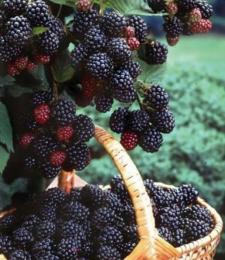
Blackberries are quite demanding berries. In order to taste wonderful fruits with a unique taste, you need to know and follow many nuances of caring for it.
Content:
- Features of caring for blackberries
- Formation of bushes in the first year of growth
- Formation of bushes from the second year of growth
- Pruning and shortening blackberry stems
- Final normalization of blackberry shoots
Features of caring for blackberries
Blackberries, which are the closest relatives of the well-known raspberry, are a perennial subshrub with flexible stems and shoots. The branches of this plant are abundantly strewn with thorns, which greatly complicates growing blackberries and caring for her.
It is best to place bushes of this berry along fences or in areas specially designated for it so that there is always enough free space between them.
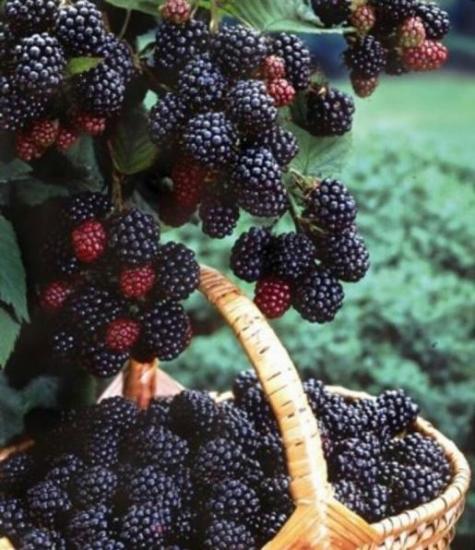
This is very important for further care of the plant, since densely planted bushes, the stems of which, moreover, can intertwine, will complicate the process of pruning and harvesting.
Formation of bushes in the first year of growth
Another important point in caring for this crop is bush formation. Blackberries, as mentioned above, have flexible stems that should be formed by separating fruiting shoots from young ones. To create a harmonious bush, three forms are most often used: fan, rope and weaving with a direction in either one or two opposite directions.
Depending on the variety, blackberries are planted at a distance of 3.5-4.5 meters.The length is kept about 25 centimeters from ground level. Young shoots are carefully guided along the column. The plant should not grow in a free direction; it must be immediately directed and oriented. At the end of the growing season, the weak tops of the stems should be removed.
Formation of bushes from the second year of growth
Already in the second year of growth blackberries begin to bear fruit. Berries form and appear on the lateral shoots. In the second year of growth, new additional shoots begin to appear. They also need growth direction in a certain direction or upward.

But there is a mandatory condition: young shoots must be separated from fruit-bearing branches.
After harvesting, the main shoots are removed, new ones remain in their place, and the weak tops are removed in the same way. This happens all subsequent years.
Pruning and shortening blackberry stems
Pruning blackberries causes a lot of trouble, but for the normal development of the bushes this procedure must be carried out regularly. So, the initial pruning of blackberries is carried out two years after planting the bush. In the future, pruning must be carried out after the same period of time (a year or two), removing old shoots after fruiting.
In addition, the bushes must be pruned in the spring (in this case, excessively long fruiting loops and stems whose tops have dried out are cut out). Such pruning carried out annually, leaving no more than five to six fruit-bearing shoots on each bush, which will be quite enough to harvest a good harvest.
If your blackberry variety is left to overwinter uncovered and not insulated, then the stems that are left for fruiting must be shortened in the autumn.They are cut to the same height - about 1.5-1.8 meters.
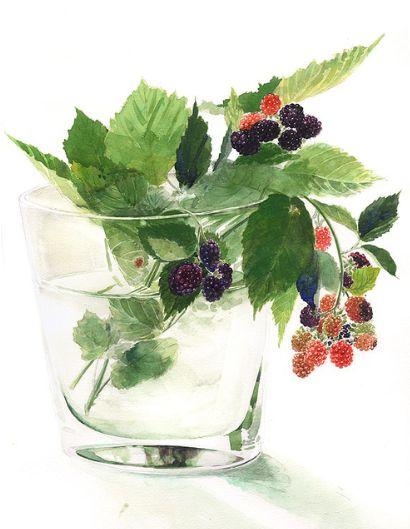
Often, experienced gardeners carry out this procedure in the spring, together with a garter to support the stems. This is convenient because the negative consequences after the winter period are taken into account: the degree of damage or disease to the plant. Many buds die at a distance of one meter from the ground, so leaving a length of 1.5-1.8 meters is not rational. In this case, the fruiting zone is affected. Therefore, it is necessary to cut off the stem above the first remaining dense formed bud. If this is necessary in order to preserve the bush, then the stems are cut to the required length, the main thing is that it remains possible to tie them up.
Stems that did not survive the winter and are frozen are completely removed.
Final normalization of blackberry shoots
At the same time, when working with winter-hardy varieties, which are the majority, their final normalization is carried out. About 5-6 stems are left per berry bush.
The months of May-June are the right time to completely normalize the shoots of the blackberry bush. Young shoots are pruned at a height of no more than 8-10 centimeters from the ground. In this case, the bush itself will be formed from secondary shoots. Although they are still weak, they are completely healthy and not affected by disease or infection.
Secondary shoots should reach a height of about 1.5-2 meters by the end of the growing season. Therefore, some of them will not require shortening. It is very convenient to bend these stems to the ground and insulate them for the winter, but they will definitely need support and garter for next year during fruit ripening. On bushes treated in this way, the berries ripen en masse at the same time.
Blackberries are a berry that requires careful care and control of shoot growth.If all necessary conditions are correctly observed, she will definitely thank you with a good harvest.

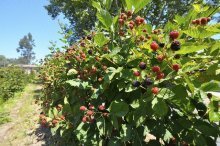
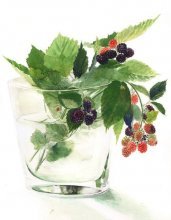
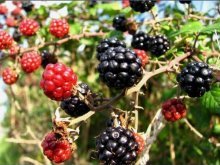
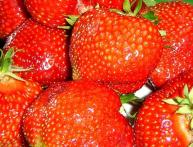
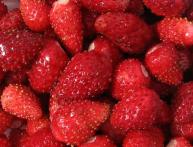

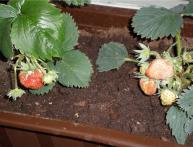

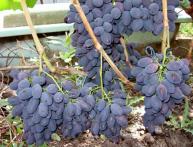
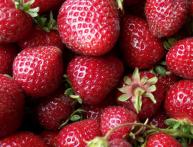
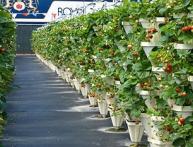
Comments
But I would like to know whether this type of pruning is suitable for hedgehog raspberries? After all, these plants are very similar. I don’t trim it, I’m afraid for the harvest, but without pruning it’s so hard to care for it.
But you should never be afraid to trim your bushes! Pruning is just the opposite - it always benefits the yield! And now, before it’s too late, carefully examine the bushes and remove diseased and dry branches - they must be dry.
Everything is written correctly. We only have a couple of bushes growing along our chain-link fence. We don't let it grow, because... There are a lot of berries on it and we have enough. Only when cutting it you need to dress so that your hands are covered. Scratches from its thorns are painful and do not heal for a long time.